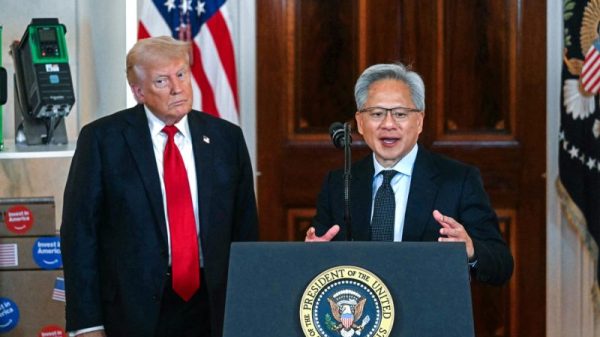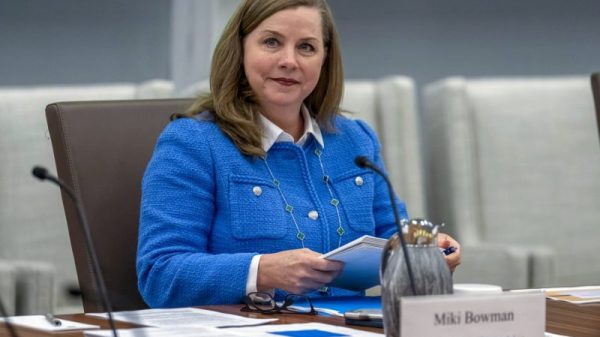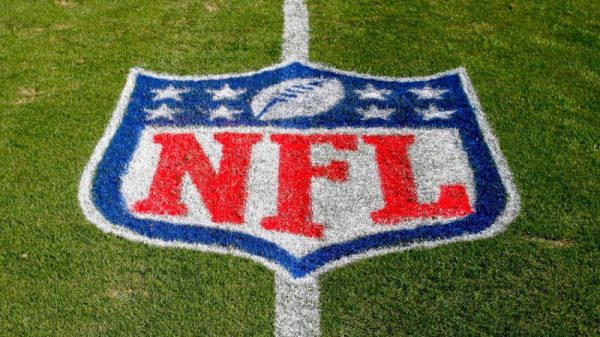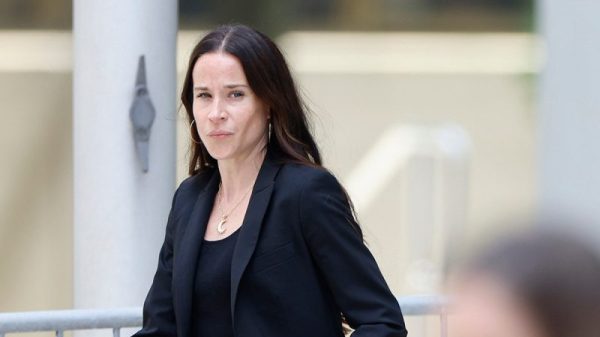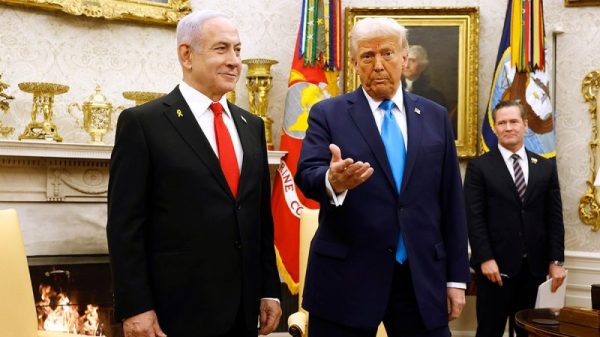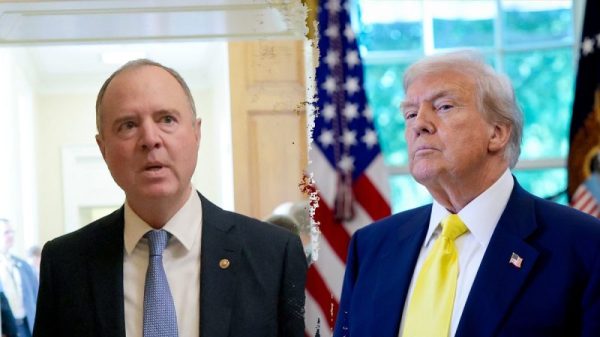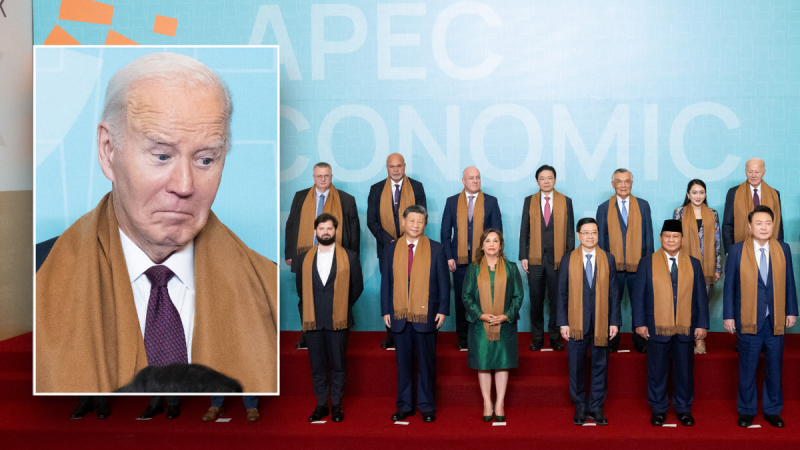**The Impact of Body Language in Diplomatic Interactions**
In the world of international diplomacy, actions often speak louder than words. The recent image capturing President Biden standing awkwardly in the back of a photo with Chinese President Xi Jinping front and center at the APEC conference has stirred discussions on the significance of body language in such high-stakes interactions.
**Body Language as a Communication Tool**
Body language, including gestures, posture, and facial expressions, is a key component of human communication. In diplomatic settings, where verbal communication may be constrained by formalities and language barriers, body language can convey subtle messages and nuances that words alone may not express.
**The Power Dynamics at Play**
The positioning of individuals in a group photo can reflect power dynamics and hierarchies within international relations. In the case of President Biden and President Xi Jinping’s photo-op, Biden’s position at the back of the group suggests a lack of assertiveness or prominence compared to Xi Jinping, who is prominently placed at the front.
**Cultural Considerations**
Cultural differences also play a significant role in interpreting body language. In Chinese culture, hierarchy and respect for authority are highly valued, and positioning oneself in the front of a group photo may be seen as a display of status and leadership. Conversely, Western culture tends to place less emphasis on hierarchical structures in such visual representations.
**The Impact on Diplomatic Relations**
While it is easy to interpret the photo of President Biden and President Xi Jinping in a negative light, it is essential to consider the broader context of their relationship. Diplomatic interactions are complex and multifaceted, involving a wide range of issues and considerations beyond a single photo-op.
**Striving for Diplomatic Balance**
In the realm of international diplomacy, mastering the art of body language can be a delicate balancing act. Leaders must navigate cultural differences, power dynamics, and personal biases to convey respect, confidence, and cooperation effectively. While a single photo may capture a moment of awkwardness, ongoing diplomatic efforts are essential in maintaining constructive relations between nations.
**Conclusion**
The image of President Biden standing awkwardly in the back of a photo with President Xi Jinping at the APEC conference serves as a reminder of the intricate interplay of body language, culture, and power in diplomatic interactions. While such visuals can spark discussions and speculation, they should not overshadow the broader context and complexities of international relations. By understanding and leveraging the power of body language, leaders can enhance communication, build trust, and foster productive diplomatic engagement on the global stage.







